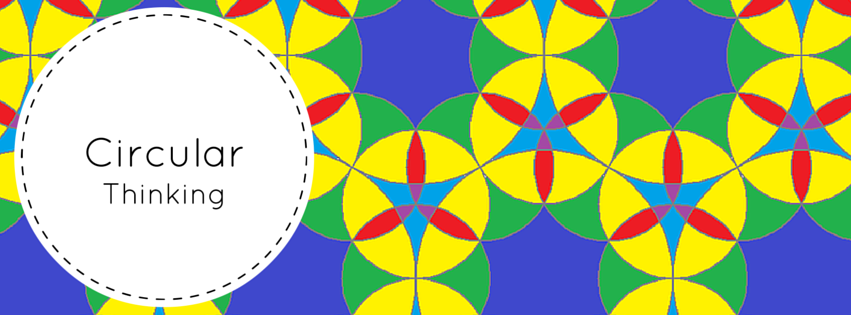It’s another short(ish) post today because I’m trying to make the most of my first weekend of half term and also because I’ve done something weird to one of my fingers and typing/clicking is really painful today (fortunately, this also puts paid to any idea that I’ll be marking books later).
Following my post yesterday about integers, I got the following Twitter comment:
Ooh Etymology and maths! and of course “tangent” means “touching” #NumbersCount
This got me wondering about the other parts of a circle; in Romanes eunt domus (11/29) I discussed the origins of “radius”, and now I’d been reminded about the Latin connection to tangent(from the verb tangere – to touch). And I’ve worked out the following:
- Radius: as mentioned a couple of days ago, the word radius was used to refer to spokes of wheels on a chariot, which would go from the centre to the circumference of the wheel.
- Centre: directly from centrum (centre), but originally from the Greek kentron (sharp point, barb), which ties nicely into construction of a circle using a pair of compasses, when you place the point where you want the centre of the circle to be.
- Sector: from the verb secare (to cut); imagine cutting a slice from a (circular) cake, and that gives you a sector. We get a load of other English words from secare as well –
- Segment: from segmentum (a piece cut off, a strip of cloth); segmentum has the verbsecare as its original root. Interestingly, the word “segment” initially had a geometric meaning, and only started being used more generally later on.
- Tangent: as above, from the verb tangere (to touch); a tangent just touches a circle at one place on the circumference.
- Chord: from chorda (a string, usually of a musical instrument), and also linking to the musical meaning of chord.
- Circumference: from circum (around) and ferre (to carry), combining into the verbcircumferre (to lead or carry around). Lots of other words in English beginning withcircum come directly from similar Latin verbs, such as circumspect, from circumspicere(literally “to look around”, but also “to take notice”).
- Arc: from arcus (a bow or arch).
Strangely, although all of the other “circle words” have a traceable Latin origin, the word “diameter” doesn’t – its root is purely Ancient Greek.
- Diameter: from dia (across) and metron (measure); the diameter measures (the longest distance across the circle.
(Image credit: By Tomruen – Own work, CC BY-SA 4.0, commons.wikimedia.org/w/index….)
